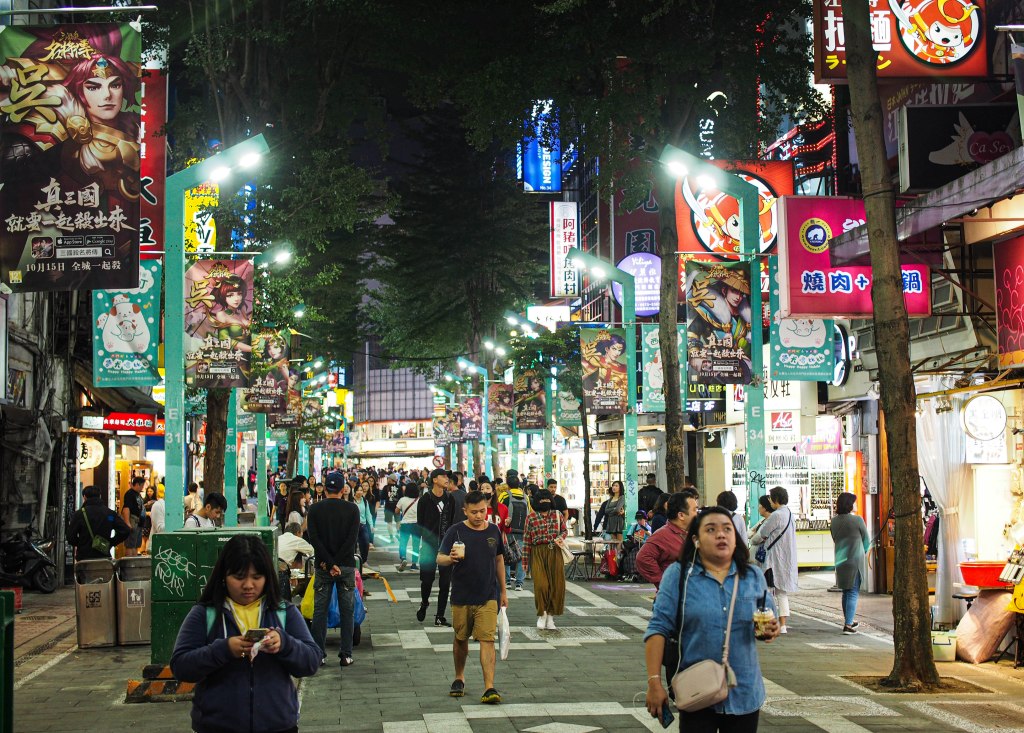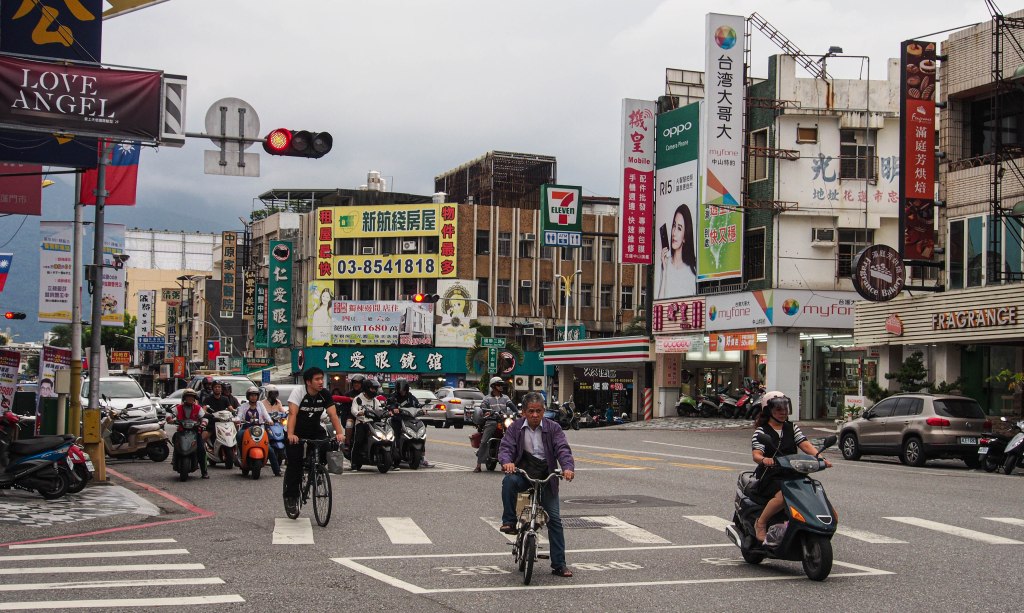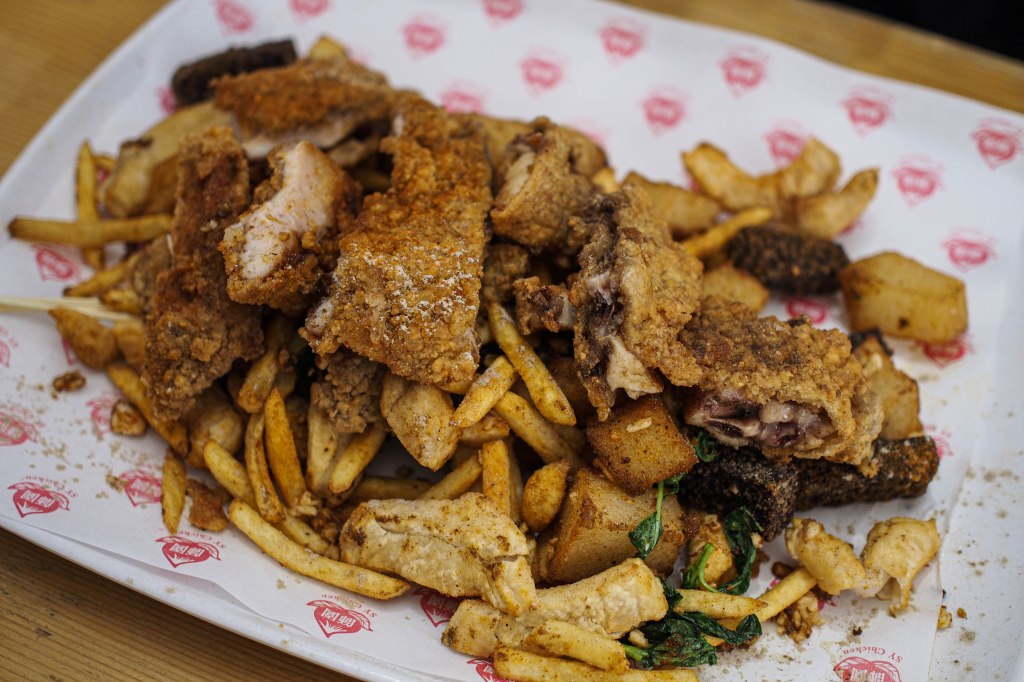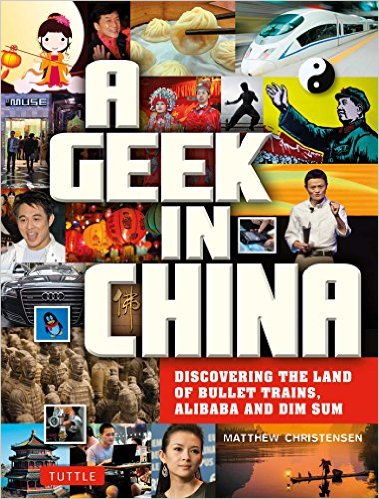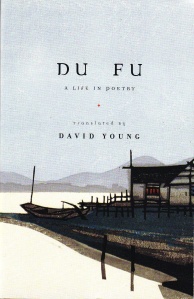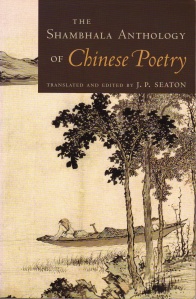Students frequently ask for recommendations on good books about China. Of course this is a wide open field which includes everything from books on Tang Dynasty poetry and history books, to reportage on current events in China, and everything in between. There is literally a landslide of books being published these days on all topics related to China.
Occasionally I will post book reviews of books I feel are worthwhile reads. I won’t waste anyone’s time reviewing books I don’t recommend. So if I post a review here, I think it is worth reading. If you have heard of a book and would like to know what I think, send me an email, or post a comment. If I haven’t read the book and it looks interesting I may read it and post a review.
I recently read two books both dealing, at least peripherally, with the rise of modern highways in China, travel on those highways, and the impact they are having on the lives of Chinese people. Both of the books were written by reporters and follow a familiar format. They tell compelling stories, mixed with history, statistics, and interesting facts about China. They are mostly positive but as most reportage-type writing also uncover some of the ugly sides of Chinese society. Books I have read in the past that fit this reporter-in-China telling stories about contemporary society include (from oldest to more recent):
China: Alive in the Bitter Sea by Fox Butterfield (1982, updated in 1990).
China Wakes: The Stuggle for the Soul of a Rising Power by Nicholas Kristoff and Sheryl Wudunn (1994).
Red China Blues by Jan Wong (1996).
The Chinese by Jasper Becker (2000).
Chinese Lessons: Five Classmates and the Story of the New China by John Pomfret (2006).
Now, the reviews.
Gifford, Rob. 2007. China Road: A Journey into the Future of a Rising Power. New York: Random House. 304 pages. $17.00.
 I was pulled into this book almost immediately and enjoyed the stories. Rob Gifford was the Beijing correspondent for NPR for six years. He knows China and speaks Chinese. I mention this because most of his stories would not be possible if he could not communicate with the people he encounters along his journey. The book chronicles his trip (actually a couple trips) along the entire length of State Route 312 from Shanghai to the border of Xinjiang and Kazakhstan. He travels by taxi, public bus, hitches rides with truckers, and occasionally rides in a private car.
I was pulled into this book almost immediately and enjoyed the stories. Rob Gifford was the Beijing correspondent for NPR for six years. He knows China and speaks Chinese. I mention this because most of his stories would not be possible if he could not communicate with the people he encounters along his journey. The book chronicles his trip (actually a couple trips) along the entire length of State Route 312 from Shanghai to the border of Xinjiang and Kazakhstan. He travels by taxi, public bus, hitches rides with truckers, and occasionally rides in a private car.
His purpose is two-fold: one, to meet common people along the way, particularly those that live in out of the way places, and two, to explore the impact this modern highway has had on the development and modernization of the regions in which it passes. I especially liked his stories about meeting common everyday folks, like long haul truckers. It is always interesting to see how “normal” people live. His stories bring out the warmth and sometimes complexity of common Chinese people. He describes the people, the harsh landscape of Western China, and the small towns along the way. Some of the towns have prospered with the coming of the highway, and some towns not directly on the route have languished.
Overall, I highly recommend the book. Gifford is personable and knowledgeable without being pretentious.
Hessler, Peter. 2010. Country Driving: A Chinese Road Trip. New York: Harper Perennial. 424 pages. $15.99.
 I expected this book to be similar—an account of a Chinese road trip. This was only partially true. His approach in this book is to look closely at three different areas of China and how the increase in drivers and the mobility that it has afforded have influenced these areas.
I expected this book to be similar—an account of a Chinese road trip. This was only partially true. His approach in this book is to look closely at three different areas of China and how the increase in drivers and the mobility that it has afforded have influenced these areas.
The book is divided into three distinct, unrelated sections: “The Wall”, “The Village”, and “The Factory”. Each of these sections could be read independently. It is almost like three books or stories in one.
In “The Wall” he describes his adventures driving the entire length of the Great Wall, from the ocean in the East to deep into Xinjiang and Qinghai Provinces. This constitutes several individual trips in rented cars. Along the way he visits many small towns along the ancient Great Wall. Like Gifford, Hessler speaks Chinese having been a long-term resident of Beijing as a correspondent for The New Yorker. His ability to speak Chinese allows him to interact on a close personal level with many regular Chinese people who live off the beaten track. Many of the individuals and towns that he describes in this section of the book seem to have been left behind the rapid modernization and development in the more populated areas of China. In fact, in almost every small town he encounters he rarely finds young people. They have all left the small towns to find work in the cities. This work ranges from working in factories to beauty parlors. In these forgotten small towns he only finds the very old and the very young.
In the next section of the book, Hessler finds a small village on the Northern outskirts of Beijing and rents a farmers house. He befriends a family in the village and recounts his rather intimate interactions with them over the course of several years. He discusses the development and modernization efforts in this small village (less than 300 individuals) and how that impacts this family and their neighbors. Among other things, he discusses the Chinese education system, the world of small, private businesses in China, the health care system, Chinese tourism, real estate and development, and so on. Through Hessler’s eye for detail the reader really gets to know this peasant family, their joys, struggles, and triumphs.
The last section describes Hessler’s many trips to Zhejiang Province and the factory towns springing up along a new highway. He meets two enterprising men who open a factory that makes the tiny fabric covered metal rings used in brassieres. He describes in detail how these men start and run their business, from building and outfitting the factory to hiring employees. Along the way we meet a migrant family that work in the factory. There are huge numbers of migrant workers in the factory regions of China’s East. Hessler helps the reader understand how this huge migration of people is impacting China, on the larger scale as well as at the individual level.
I enjoyed this book for the intimate portrayals of individuals living on the edges of society—particularly peasants and migrant workers. It is not easy to have access to these classes of people in China. Undoubtedly, Hessler would never have been able to approach and get close to these people without a sound understanding of Chinese behavioral culture and good facility with the language. I admire him for being able to do that.
I think this book is much stronger that his previous book, Oracle Bones. I felt that book wandered and lacked focus. Though interesting in parts, I found it more difficult to follow the multitude of overlapping and sometimes unrelated stories.
Both of these books provide the reader with an intimate, personal look at regular people living all over China. This is where their strengths lie.


